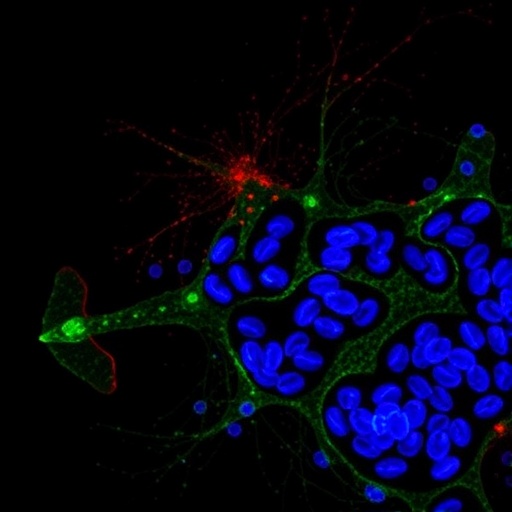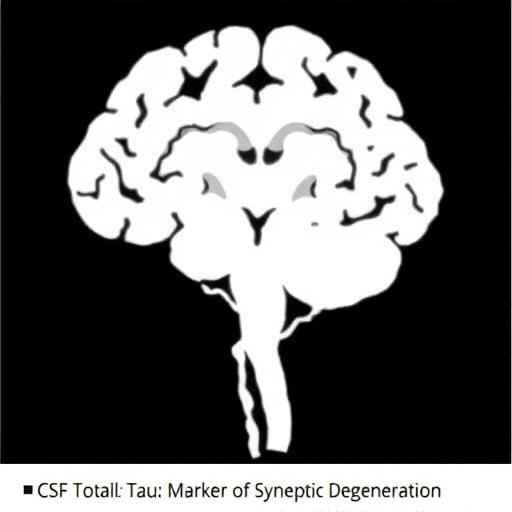
In recent groundbreaking research published in Reproductive Sciences, a pivotal study has revealed profound insights into the protective mechanisms that safeguard trophoblast cells against ferroptosisâa form of regulated cell death characterized by iron-dependent lipid peroxidation. The study, spearheaded by Chen, T., Ge, R., Bai, J., and their colleagues, introduces the role of SPI1, a transcription factor, in activating TXNRD1, a gene critical to cellular antioxidant defense.
Ferroptosis has garnered interest in the scientific community due to its implications in various health conditions, including neurodegenerative diseases, cancer, and, notably, placental dysfunctions during pregnancy. This form of cell death differs significantly from apoptosis, necrosis, and other types of cell demise, primarily through its distinct biochemical pathway involving the accumulation of lipid peroxides and the depletion of glutathione. The researchers aimed to elucidate how trophoblast cells, which are essential for successful implantation and fetal development, utilize SPI1 to counteract ferroptotic stress.
During their research, the team employed precise experimental methodologies to dissect the interactions between SPI1 and TXNRD1. They utilized RNA sequencing and chromatin immunoprecipitation assays, allowing them to investigate the transcriptional regulation of TXNRD1 by SPI1 in trophoblast cells under oxidative stress conditions. Such rigorous analysis provided a comprehensive view of how transcription factors like SPI1 can modulate cellular responses to environmental cues.
The researchers found that SPI1 significantly enhances the expression of TXNRD1, thereby boosting the antioxidant capabilities of trophoblast cells. TXNRD1 encodes the enzyme thioredoxin reductase 1, which plays a crucial role in maintaining cellular redox balance by facilitating the reduction of oxidized thioredoxin. This process is pivotal in detoxifying reactive oxygen species, thereby preventing oxidative damage that can lead to ferroptosis. Understanding the regulation of TXNRD1 by SPI1 could open new avenues for therapeutic interventions in pregnancy-related complications linked to oxidative stress.
Moreover, the study highlighted the formidable resilience of trophoblasts in adapting to challenging conditions. Through sophisticated biological mechanisms, these cells navigate their environment to ensure their survival and function. The discovery that SPI1 can activate TXNRD1 implies that trophoblasts have evolved sophisticated protective pathways that allow them to withstand ferroptotic triggers, recognizing the necessity of preserving their viability for embryonic development.
Importantly, this research extends the understanding of the interplay between transcription factors and oxidative stress responses in trophoblasts, which has ramifications beyond placental biology. The insights gained could lead to the development of targeted therapies that reinforce the antioxidant defenses in various cell types undergoing similar oxidative challenges. Such approaches could be paramount in treating conditions such as pre-eclampsia, where placental stress and cell death play critical roles.
Additionally, the implications of this work are threefold: it elucidates the molecular mechanisms involved in trophoblast cell protection, provides a potential biomarker for assessing placental health, and paves the way for innovative treatment strategies for pregnancy-related disorders. The significance of maintaining trophoblast functionality cannot be overstated, as it directly relates to maternal and fetal health outcomes.
As the body of research surrounding ferroptosis expands, this study serves as a critical reminder of the complexities involved in cellular death processes and the importance of transcriptional regulation therein. The ability of trophoblasts to orchestrate such defensive responses highlights a considerable leap in our understanding of cell survival strategies, particularly in the context of oxidative stress, which is prevalent across many biological systems.
In conclusion, the findings presented by Chen and colleagues significantly advance the field of reproductive biology by illustrating how SPI1-mediated activation of TXNRD1 provides a sanctuary for trophoblasts against ferroptosis. As the scientific community continues to unravel the intricacies of cell death and survival, this research illustrates the profound potential for developing strategies that could leverage these cellular mechanisms in therapeutic contexts. By fostering a deeper understanding of how cells mitigate oxidative stress, researchers can pave the way for a new era of interventions aimed at enhancing maternal and fetal health.
Subject of Research: The role of SPI1 in activating TXNRD1 to protect trophoblast cells from ferroptosis.
Article Title: SPI1 Transcriptional Activates TXNRD1 to Protect Trophoblast Cell from Ferroptosis.
Article References: Chen, T., Ge, R., Bai, J. et al. SPI1 Transcriptional Activates TXNRD1 to Protect Trophoblast Cell from Ferroptosis. Reprod. Sci. (2025). https://doi.org/10.1007/s43032-025-01945-0
Image Credits: AI Generated
DOI: 10.1007/s43032-025-01945-0
Keywords: ferroptosis, trophoblast cells, SPI1, TXNRD1, oxidative stress, transcription factor, cell survival, pre-eclampsia, placental health, reproductive biology.
Tags: antioxidant defense mechanismsferroptosis in pregnancyimplications of ferroptosis in healthinsights into cell death pathwayslipid peroxidation and cellular deathmethodologies in molecular researchoxidative stress in trophoblastsresearch on placental dysfunctionSPI1 transcription factortranscriptional regulation in cell biologytrophoblast cell protectionTXNRD1 gene regulation




